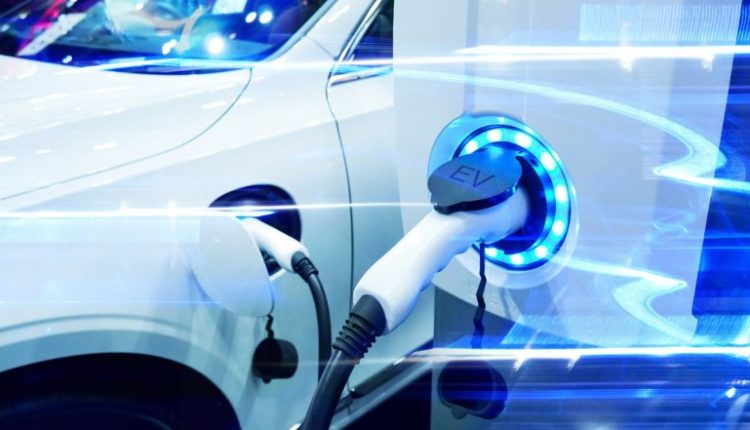Washington: A NASA technology, built with Purdue University researchers for future space missions, can charge an electric car in just five minutes on Earth, potentially paving the way for increased adoption of electric cars. Purdue University’s charging cable can provide 2,400 amperes, which is far beyond the 1,400 amperes required to reduce time required to charge an electric car to five minutes, NASA said in a statement. Artemis 1 Launch Update: NASA Pushes Back Moon Mission Rocket Launch to November 2022 In Wake of Hurricane Ian.
The team, sponsored by NASA’s Biological and Physical Sciences Division and led by Issam Mudawar developed the Flow Boiling and Condensation Experiment (FBCE) to enable two-phase fluid flow and heat transfer experiments, to be conducted in the long-duration microgravity environment on the International Space Station.
This new “subcooled flow boiling” technique results in greatly improved heat transfer effectiveness compared to other approaches and could be used to control the temperatures of future systems in space. This technology also has applications on Earth — specifically, it could make owning an electric car more appealing.
Currently, EV charging times vary widely, from 20 minutes at a station alongside a roadway to hours using an at-home charging station. Lengthy charging times and charger location are both cited as major concerns of people who are considering electric vehicle ownership.
“Application of this new technology resulted in unprecedented reduction of the time required to charge a vehicle and may remove one of the key barriers to worldwide adoption of electric vehicles,” said the researchers. World EV Day 2022: Industry Pitches for Sustainable Electric Vehicle Ecosystem in India.
According to researchers, reducing the charging time for electric vehicles to five minutes (an industry goal) will require charging systems to provide current at 1,400 amperes. Recently, Mudawar’s team applied the “subcooled flow boiling” principles learned from the NASA FBCE experiments to the electric vehicle charging process.
Subcooled flow boiling allows Mudawar’s team to deliver 4.6 times the current of the fastest available electric vehicle chargers on the market today by removing up to 24.22 kilowatts of heat.
(The above story first appeared on Today News 24 on Oct 07, 2022 12:35 PM IST. For more news and updates on politics, world, sports, entertainment and lifestyle, log on to our website todaynews24.top).


